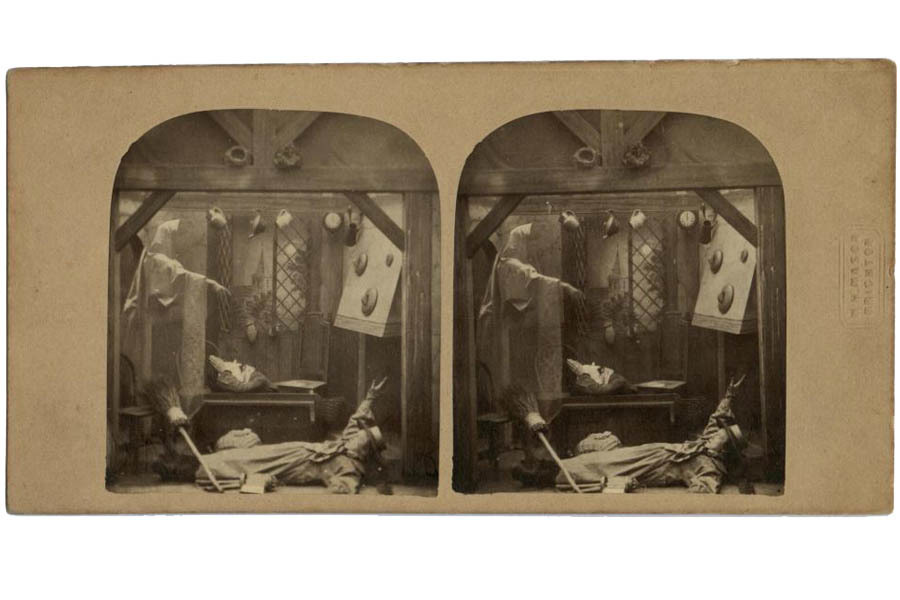Home / Creative Arts & Media / Stereoscopy: An Introduction to Victorian Stereo Photography / From the Howarth-Loomes Collection
This article is from the free online
Stereoscopy: An Introduction to Victorian Stereo Photography


Reach your personal and professional goals
Unlock access to hundreds of expert online courses and degrees from top universities and educators to gain accredited qualifications and professional CV-building certificates.
Join over 18 million learners to launch, switch or build upon your career, all at your own pace, across a wide range of topic areas.

 Stereocard entitled ‘The Ghost in the Stereoscope’ by an unknown photographer, sold by W. H. Mason, Brighton, 1860s. IL.2003.44.6.7.48 © Howarth-Loomes Collection at National Museums Scotland
Stereocard entitled ‘The Ghost in the Stereoscope’ by an unknown photographer, sold by W. H. Mason, Brighton, 1860s. IL.2003.44.6.7.48 © Howarth-Loomes Collection at National Museums Scotland


